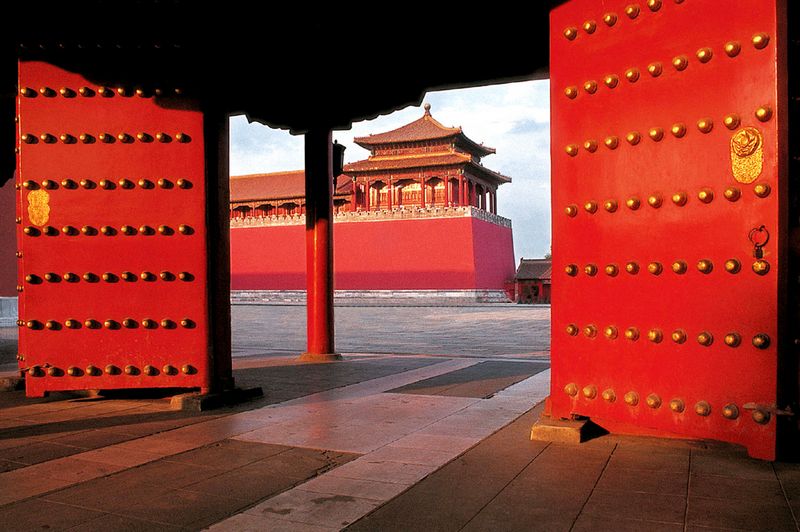
2025 The Forbidden City celebrates its 100th anniversary
On 10 October 2025, the Palace Museum (Forbidden city) celebrates its 100th anniversary.
This palace, which carries the memory of Chinese civilisation for thousands of years, has gone from being a royal forbidden place in the Ming and Qing dynasties to a world-class museum, and is not only the largest and best-preserved wooden palace complex in the world, but also an academic highland for the protection and research of China’s cultural heritage.
The existing collection of the Palace Museum has reached a total of more than 1.8 million pieces (sets), to the Ming and Qing dynasty palace relics class collection, ancient construction class collection, book class collection. The collection is divided into 25 major categories, of which more than 8,000 pieces (sets) of first-class collections, known as the treasure house of art.
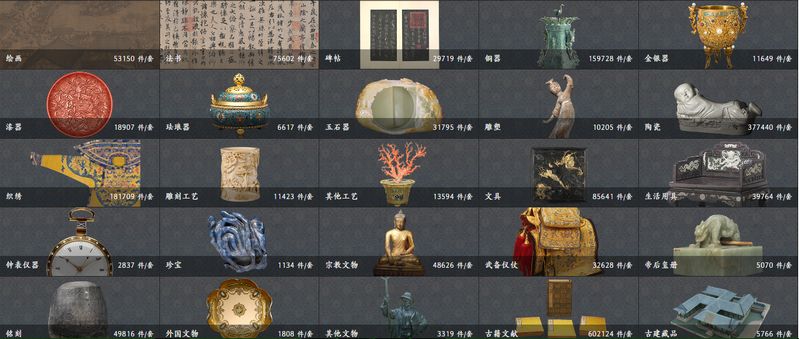
On 10 October 1925, the Forbidden City Museum in Beijing held a grand opening ceremony in front of the Qianqing Palace, and the Palace was opened to the public for the first time. On that day, more than 50,000 visitors were welcomed.
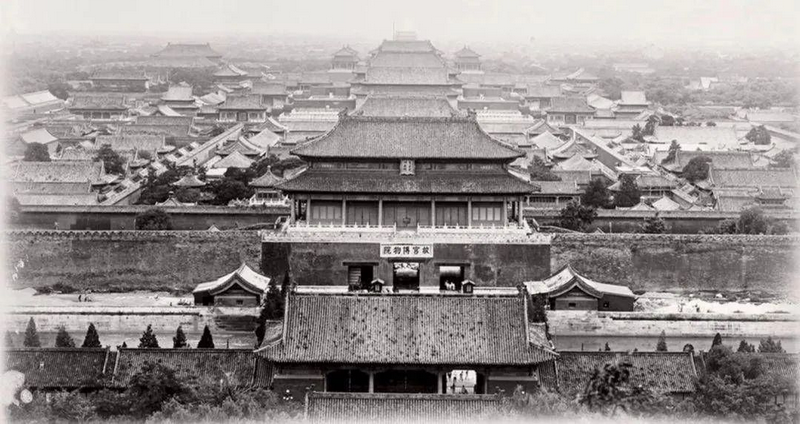
In 2009, the annual audience of the Palace Museum exceeded 10 million for the first time, and the number of visitors has continued to grow by millions every year since then. 2012 annual exceeded 15 million; in 2016 exceeded 16 million; in 2017 exceeded 17 million for the first time, becoming the world’s most visited museum.
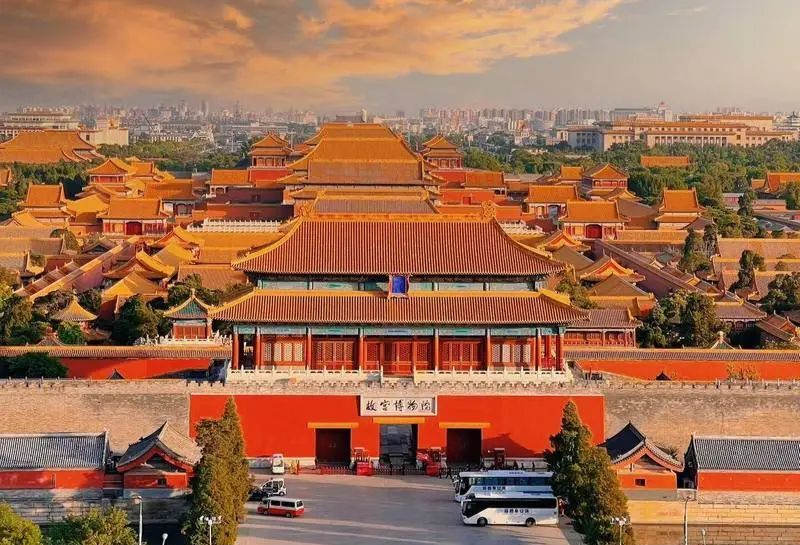
In recent years, the Palace Museum has been implementing measures to limit the number of visitors to 40,000 per day, which is considered to be the optimal capacity of the Palace as a world heritage site.
The Forbidden City is the palace of the Ming and Qing dynasties, witnessed the 24 emperors, after 600 years of wind, rain and snow, November 05, 1924, the Forbidden City waved goodbye to the last emperor Puyi.
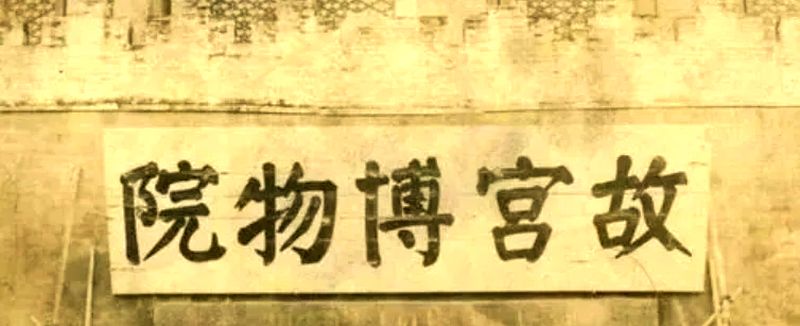
October 10, 1925, the Palace Museum was officially established, marking the Forbidden City from the feudal symbol of imperial power into a common cultural heritage of the whole nation. This transformation has a double historical significance: firstly, it proclaimed the complete victory of the democratic revolution over the forces of feudal restoration; secondly, it opened the way for the modern museum business in China.In 1987, it was listed as a UNESCO World Heritage Site, and in 1997, the Palace Museum was named a National Patriotic Education Demonstration Base.
The Forbidden City covers an area of more than 1 million square metres, with a building area of about 170,000 square metres and a total of more than 9,000 halls. The overall layout of the Forbidden City is symmetrical on the central axis, the layout is rigorous and orderly, inch by inch, brick by brick, all follow the feudal hierarchical etiquette, reflecting the supreme authority of the emperor.
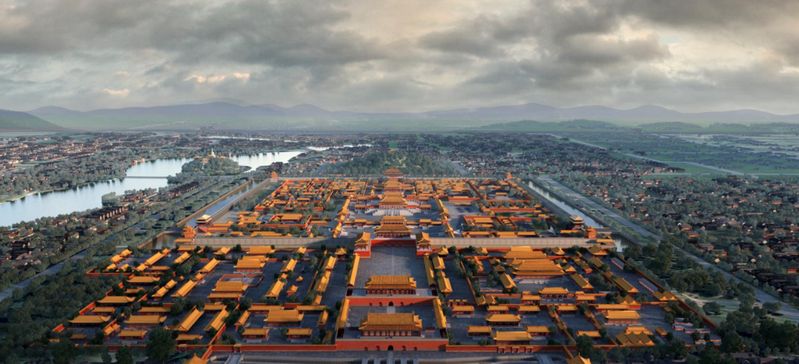
The main body of the Forbidden City according to the layout and function can be divided into the outer court, the inner court two large parts, the outer court is the emperor held a ceremony and exercise of power, the main building for the Hall of Supreme Harmony, the Hall of peace, the Hall of Bao and the Hall of peace; the inner court is the emperor to deal with day-to-day government and the emperor and the children of the young live in, the main building for the Palace of the qianqing, the Hall of the Crossing, kuninggong. Outer and inner court in the central axis to Qianqingmen Square as the boundary, before (south) for the outer court, after (north) for the inner court.
The layout and design of the Forbidden City fully embodies the characteristics of traditional Chinese culture in ancient times, is a collection of ancient Chinese architectural art of the palace building model.
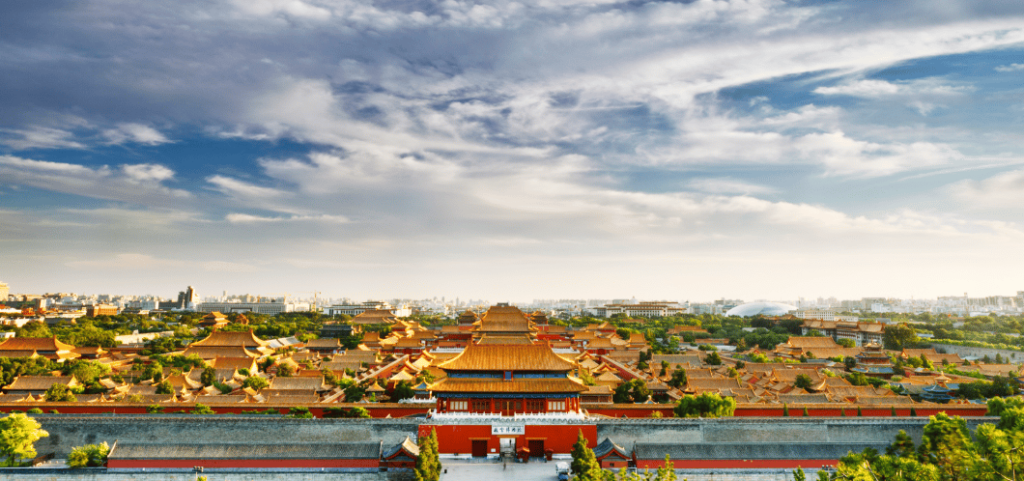
In terms of collections, the Palace Museum has the world’s most complete collection of ancient Chinese art:
Calligraphy, paintings, inscriptions and rubbings
53,000 paintings and 75,000 pieces of calligraphy, covering the complete lineage from Gu Kaizhi’s Nymph of the Luo River in the Eastern Jin Dynasty to Lang Shining’s One Hundred Horses in the Qing Dynasty;
Ceramics and Jade
370,000 pieces of ceramics show the thousand-year skills of Jingdezhen official kilns, and 180,000 pieces of jade include Liangzhu culture jade cong to Qianlong imperial jasper screen;
Palace Archives
More than 10 million archives of the Ming and Qing dynasties exist, and the Qianlong imperial poems alone amount to 42,000 poems, accounting for five times the total number of poems in the Tang Dynasty.
In 2003, the Palace Museum formally put forward the concept of ‘Forbidden City Studies’, expanding the scope of research to six major areas: architecture, cultural relics, archives, canonical books and museum history. The establishment of this disciplinary system, so that the 600,000 pieces of the old Qing Palace collection dispersed overseas (such as the ‘Admonitions of the Instructress to Court Ladies’ hidden in the British Museum) in the academic level back to the whole.

The North Campus of the Forbidden City will be completed in October 2025, this new museum with a floor area of more than 100,000 square metres, has 12 high-tech exhibition halls, the annual exhibition of cultural relics can be up to 30,000 pieces, and is equipped with advanced restoration equipment, so that A Thousand Li of Rivers and Mountains and other treasures to be presented in a more vibrant way. The North Campus will also be open to the process of cultural relics restoration, where visitors can witness the artisanal inheritance of national non-heritage skills – ancient painting and calligraphy framing and restoration, and the traditional restoration of bronzes.
2025, is a major historical moment of the centenary of the founding of the Palace Museum, while the North Campus is fully completed, the Palace Museum will usher in the era of dual hospitals, is an important impetus to the development of Chinese culture and art and promotion, and will certainly be recorded in the history of Chinese art.




